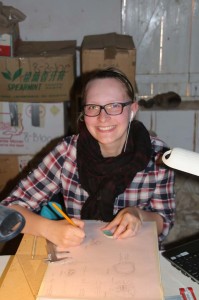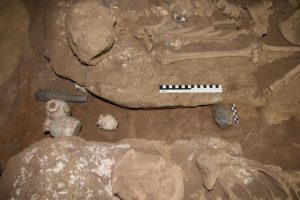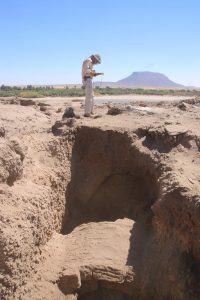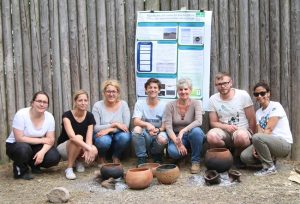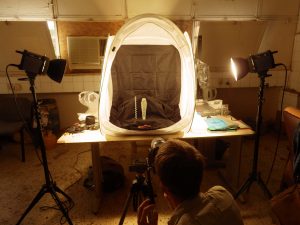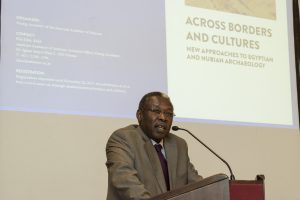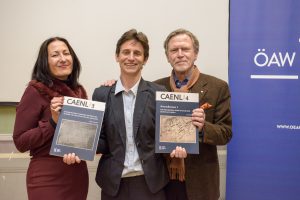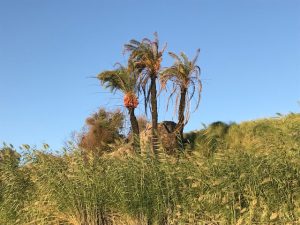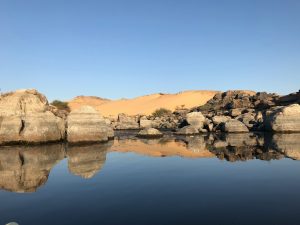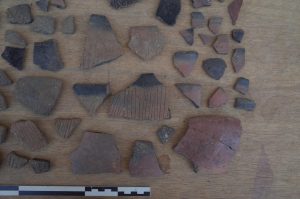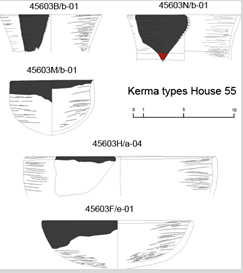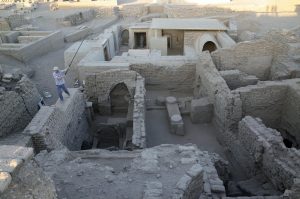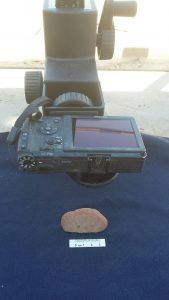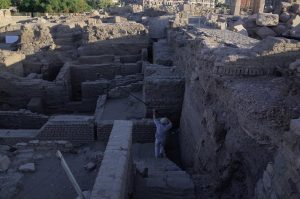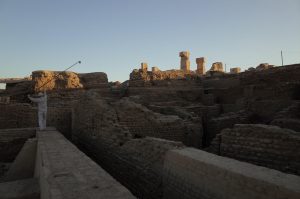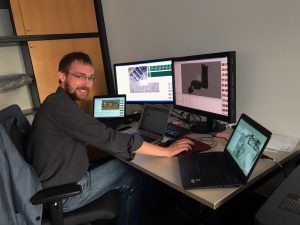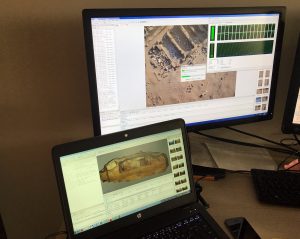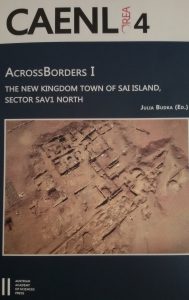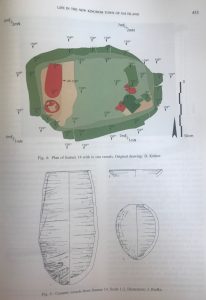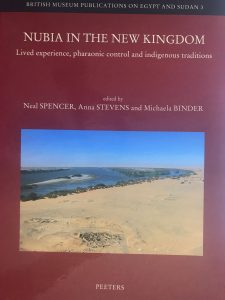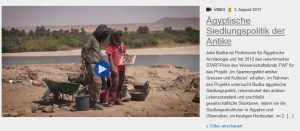Last year on Valentine’s Day, excavations in Tomb 26 on Sai were still ongoing. As Meg Gundlach put it back then “there are few things more romantic than a dung beetle”. Well – exactly! One year later, it’s again time to write about this very special heart scarab, SAC5 349, found next to the skeleton of chief goldsmith Khnummose. Let’s start with a spoiler: no, I still cannot read the name on the heart scarab, there is no complete love story to tell about Khnummose and his wife. But: my assumption that it is possibly the wife’s name on the scarab who was buried next to Khnummose at a slightly later moment still stands, although it remains hypothetical.
The heart scarab of Khnummose’s tomb group is an exceptional example also for other reasons. The general appearance of gold flakes and use of gold for the funerary equipment and jewellery in Tomb 26 is striking and seems to be connected with Khnummose’s profession. Very remarkable, among others, is this beautiful signet ring made of silver and gold found in Chamber 5.
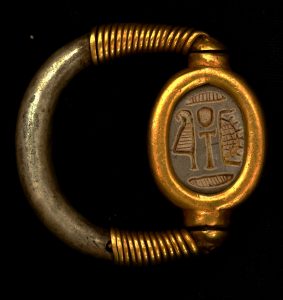 But coming back to the heart scarab: during the process of cleaning it in situ in Chamber 6, very fragile strips of gold came to light.
But coming back to the heart scarab: during the process of cleaning it in situ in Chamber 6, very fragile strips of gold came to light.
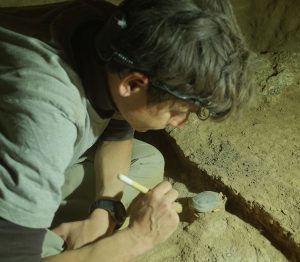 One piece was clearly attached around the base, other fragments where found close to the head of the scarab.
One piece was clearly attached around the base, other fragments where found close to the head of the scarab.
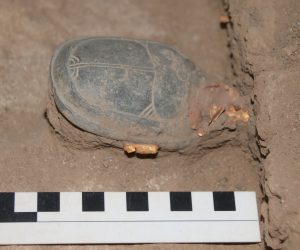 Possibly there were originally also gold bands across the elytra and at the division of the wing cases; this arrangement finds a close parallel in a Late New Kingdom example now kept at Liverpool – 1977.112.257 is a very nice heart scarab made of green jasper, it still has strips of gold attached.
Possibly there were originally also gold bands across the elytra and at the division of the wing cases; this arrangement finds a close parallel in a Late New Kingdom example now kept at Liverpool – 1977.112.257 is a very nice heart scarab made of green jasper, it still has strips of gold attached.
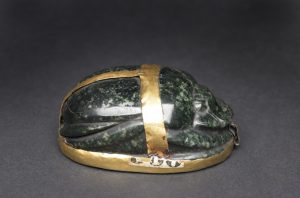
Heart scarab Liverpool 1977.112.257, http://www.liverpoolmuseums.org.uk/wml/collections/antiquities/ancient-egypt/item-317198.aspx
In general, such gold bands on heart scarabs of the New Kingdom are rare – for our example from Sai, I believe that they could attest to Khnummose’s job as chief goldsmith and to the general connection of the island to the gold exploitation in Nubia.

